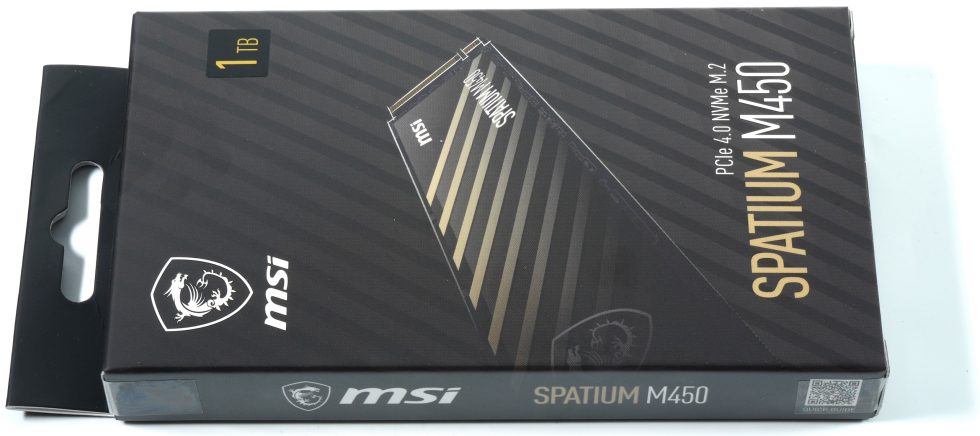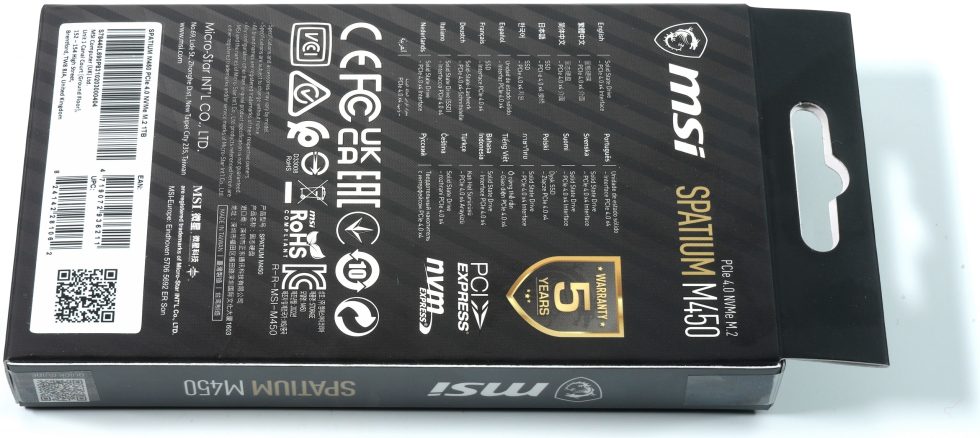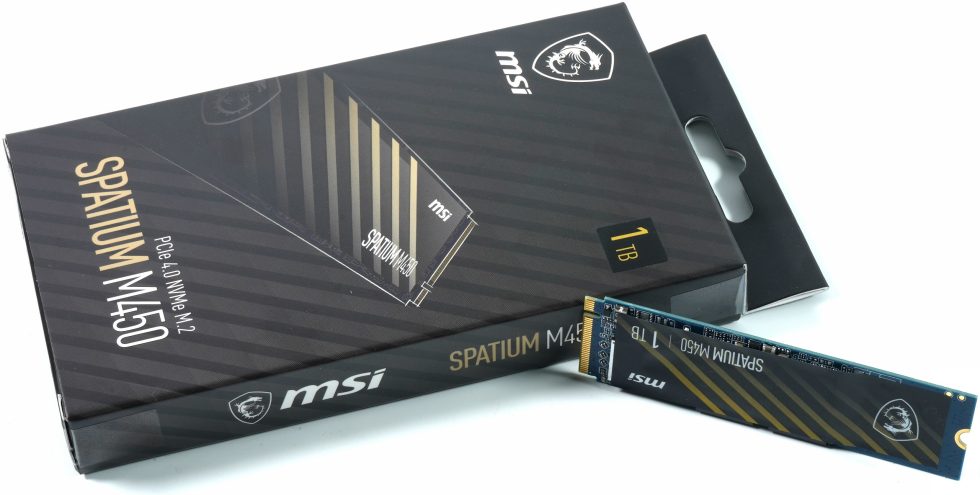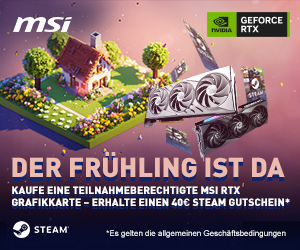With the Spatium M450, MSI also enters the path of cheaper NVMe SSDs with PCIe 4.0, which do not rely on the vulnerable and unloved QLC flash memory, but on a new, simplified concept. This is because certain additional costs still stand in the way of the large distribution of PCIe 4.0 SSDs. However, in order to be able to reduce the costs not only marginally, but also really significantly, the controller and the NAND flash must be cheaper, the DRAM must be removed and the boards must be made much simpler overall.
Thus, there are three points that have to lead to cost savings after the cheaper QLC storage proved to be a kind of technical dead end. Too susceptible and unstable, combined with a rather questionable long-term durability, the QLC modules are certainly still somewhat suitable as a data grave, but not for much more. To use something like this as a system drive would also be to perform an execution in installments. However, as a customer, you can’t do anything with that either.
 We remember: Parallel to the launch of AMD’s then new X570 platform, the first NVMe SSDs supporting PCIe Generation 4.0 also came onto the market. The selection has now become much larger and it is also becoming more diverse when you look at the competitor products. However, until now you always had the choice between TLC and cheaper QLC products, nothing more. This is precisely where the new concept is now to come in.
We remember: Parallel to the launch of AMD’s then new X570 platform, the first NVMe SSDs supporting PCIe Generation 4.0 also came onto the market. The selection has now become much larger and it is also becoming more diverse when you look at the competitor products. However, until now you always had the choice between TLC and cheaper QLC products, nothing more. This is precisely where the new concept is now to come in. 
Of course, the theoretically possible data rates of PCIe 4.0 can also be used for so-called flagship solutions with significantly higher performance (with up to 7000 MB/s and more), but that is not the issue today. Because the way for the broad mass of users will probably be to replace the (expensive) top models of the PCIe 3.0 era with “butter-and-bread” models with PCIe 4.0, which are cheaper and yet (with certain restrictions) also faster and do not rely on the unloved QLC memory. And that is exactly what the MSI Spatium M450 is supposed to offer.
MSI deliberately omits a cooler due to the low TDP of under 4 watts. We will see later whether this makes sense. But there is at least a certain tendency that it will probably not be as hot as the extremely fast NVMe SSDs, which consume twice as much power.
The front is conspicuously empty, which is due to the omission of the DRAM, the use of a smaller controller chip and the new, well-packed 176-layer NAND modules from Micron. The back could accommodate two more modules, but otherwise remains empty.
Before I go into the specifics of the SSD on the next page, let’s quickly look at MSI’s spec sheet as an introduction and overview. But things get really interesting on the next few pages. Promised.
msi_editor_note_SPATIUM-M450-PCIe-4.0-NVMe-M.2-1TB




































7 Antworten
Kommentar
Lade neue Kommentare
Mitglied
Veteran
Mitglied
Urgestein
Veteran
1
Neuling
Alle Kommentare lesen unter igor´sLAB Community →